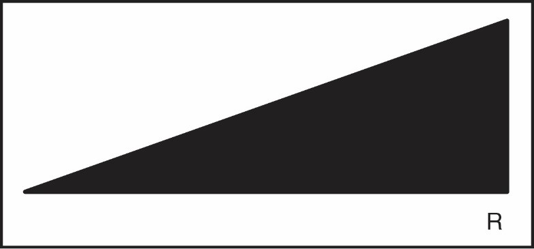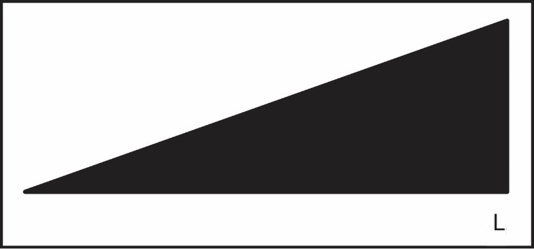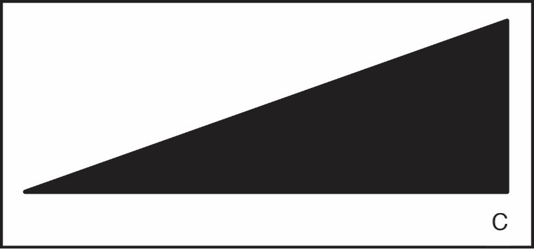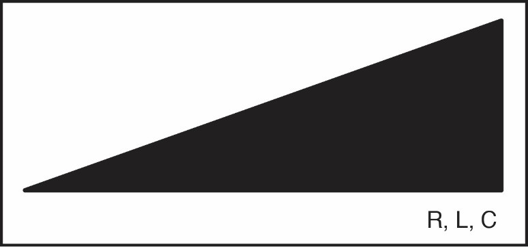With a dimmer, the brightness of lamps can be adjusted individually. The basic principle behind it: A dimmer ensures that the power supply is specifically regulated as required by the desired brightness. The change is made either continuously (for example, via the rotary switch in the wall) or in preset levels (as with some light switches and touch dimmers).
If you want to use a dimmer at home, it has the following advantages:
- Easily adjust brightness
- adjustment of the light to the individual mood
- lower energy consumption
- lower energy costs






